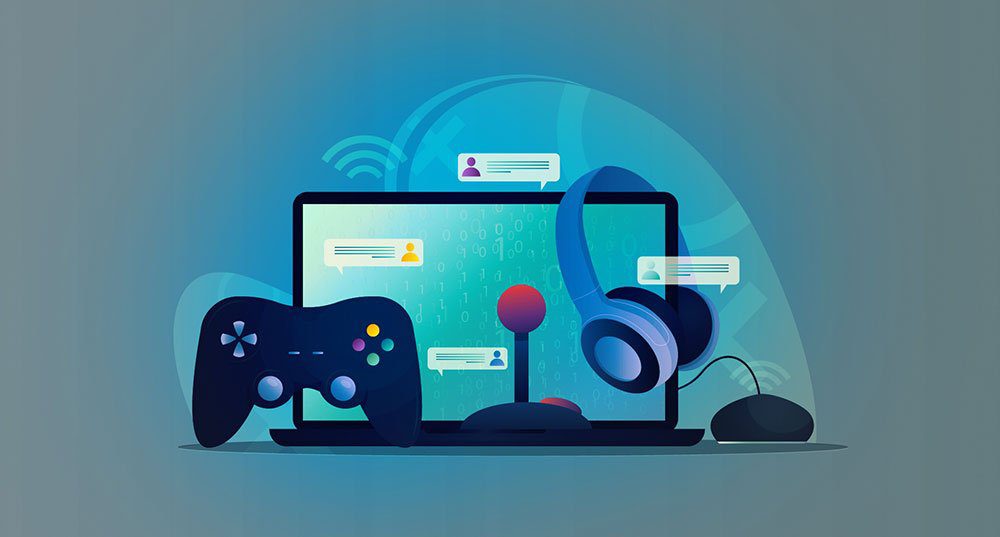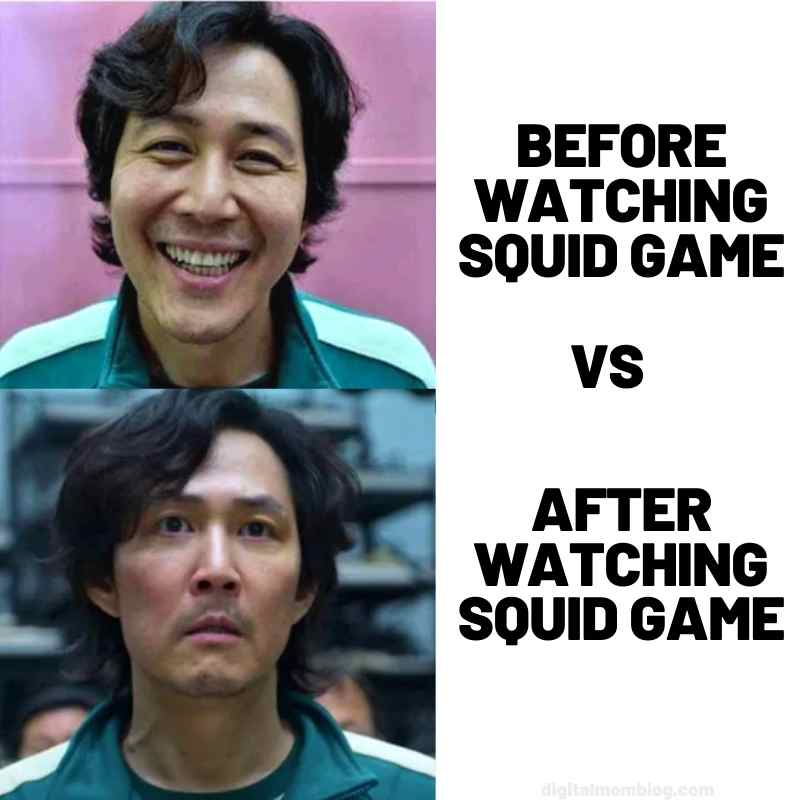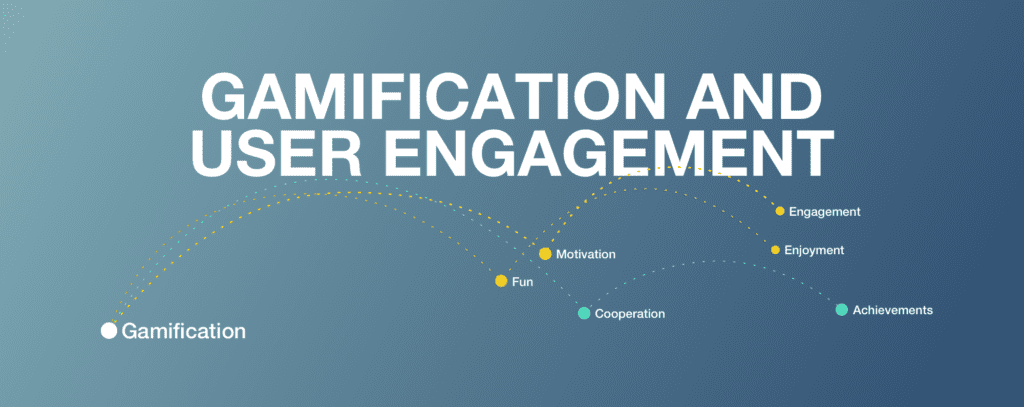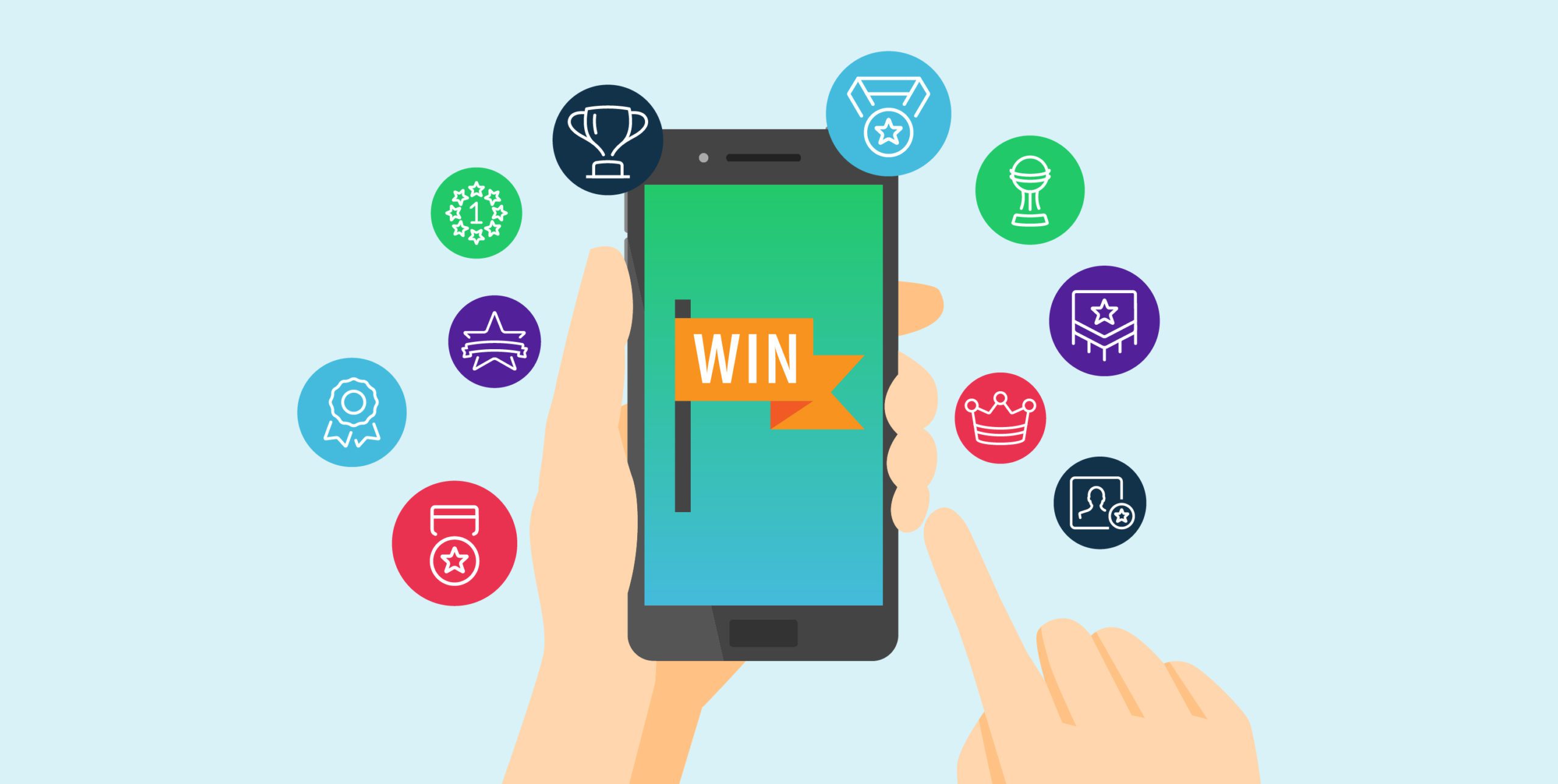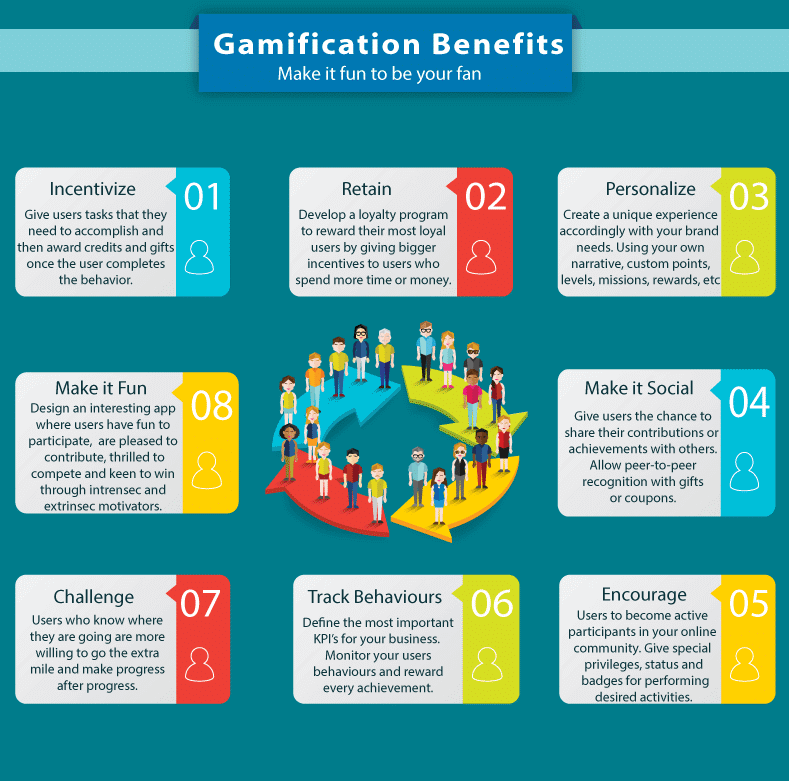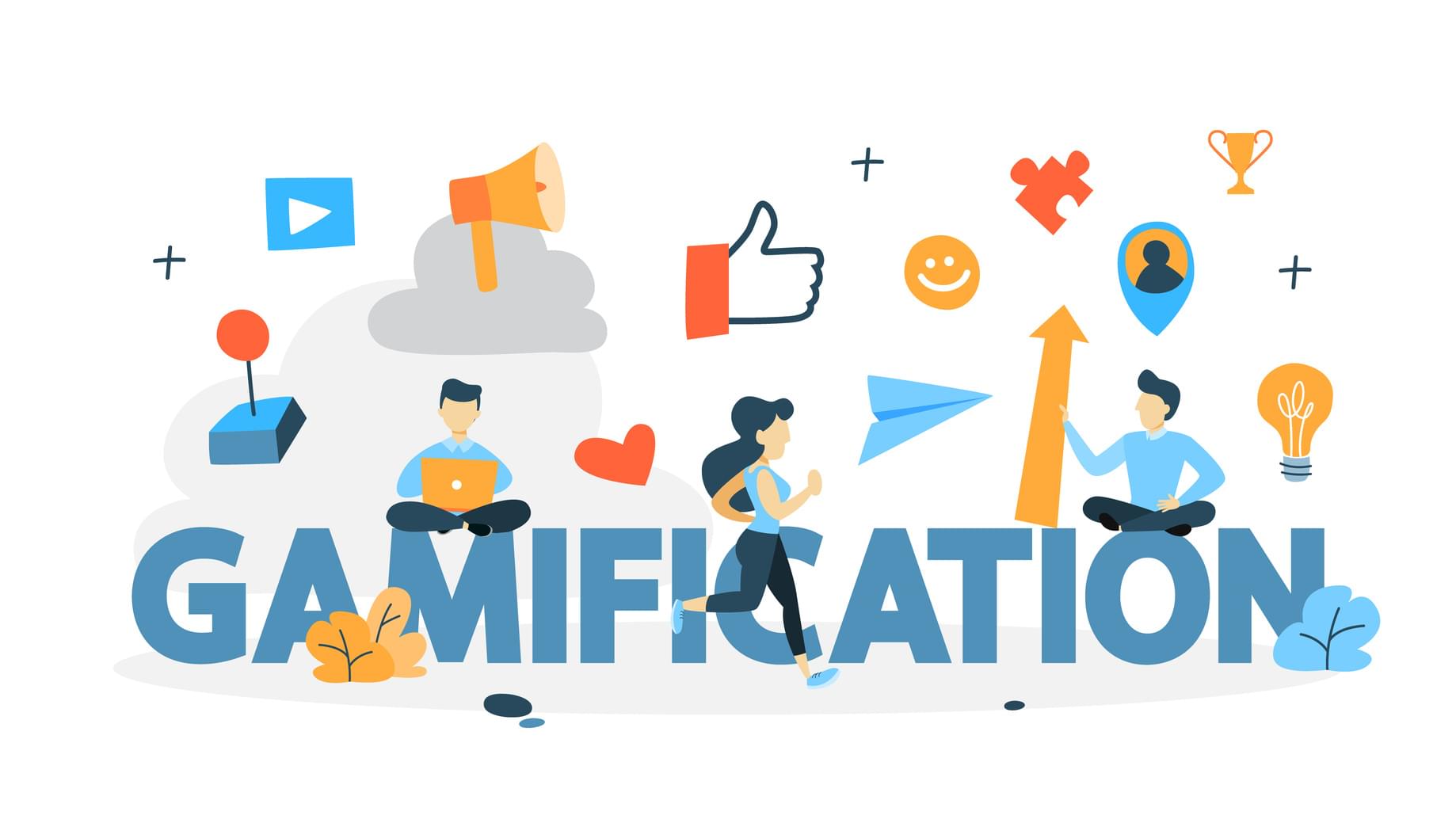From gamification marketing to learning and healthcare solutions, using the user-centric concepts of games into non-gaming, day-to-day activities are gaining traction nowadays. To gamify different aspects of their business, organizations are often turning to white label solutions. But why would you want to follow suit and leverage white label platforms to build a highly customized, gamified app for your purpose? Read this article to find out.
What is a White Label Platform or Solution?
Any solution, product or platform created by an organization to sell or lease it to its customers who can then rebrand it for their purpose can be termed white label. However, keep in mind that the company that makes this product remains responsible for any support and troubleshooting.
A simple example of white label products would be the stuff you see in a supermarket sold as their in-home-brand moniker. These are often made by third-party vendors and branded by the supermarket chain to look like their own.

Why Building a Gamified Solution for Your Business from Scratch Might Not be the Smartest Idea:
Many entrepreneurs or start-up owners might take it upon themselves to design or create the perfect solution to gamify their processes. Unfortunately, while the approach is commendable, this try-to-do-yourself solution has many pitfalls, including:
Trying to build a solution similar to others already present in the market is akin to reinventing the wheel – something that causes a lot of wasted effort, cost and time.
Gamification marketing and gamifying other processes are still niche and may require your organization to step out of its core competencies to develop. The increased learning curve also lengthens the time-to-market of your gamified app or solution, negatively affecting your business.
Going out of your comfort zone also means you miss out on already available expertise in the market while developing a focused, gamified solution.
Last but not least, learning new technologies and developing highly customized solutions that gamify your non-gaming standard business processes cost significantly more than using an already available white label solution.
Benefits of Using a White Label Solution While Gamifying Your Business:
White label solutions by their generic, rebrand-able and re-sellable artefacts come with many benefits.
Quick n’ Easy branding: White label products are often offered as fully integrated suites and ready-made solutions. This makes branding them to your business very easy. You do not need to develop or modify code to ensure your branding and identity is present across your gamified marketing campaign or app. This saves you both time and money that you would spend on research and development otherwise.
Saves time and money: Developing a customized gamified solution from scratch for your business is financial, human capital, and time intensive. While many organizations prefer to build their own products, the time to architect, design, build and test the solution can take a significant amount of time and cost a lot of money.
Especially if you are looking for faster time-to-market, white label solutions are invaluable. They rid you of the complexities of building and maintaining a product, and are more cost effective, both to buy and in long-term ownership.
Retain your focus on the core competency of your business: More often than not, investing in research and development to gamify your business may fall outside your areas of expertise. It bodes well to pay heed early to compare the gamified solution you need – be it in marketing or to gamify your learning – to the competencies of your available resources to understand the level of time, effort and cost required.
On the contrary, white label solutions are built by companies with strong expertise in that field. Leveraging one of these solutions lets you avoid similar pitfalls that others have made earlier and use a trusted, stable platform. Moreover, troubleshooting, support and maintenance headaches are also offloaded from your org to the supplier org.
Happier Customers: When it comes to deploying your gamified solution – speed is the name of the game. The more delay you make to deliver your product, the more chances there are that your customers may end up looking elsewhere. On an average, gamification creates 6x more new business users for a business. If you want to tap into this potential, prepackaged white label solutions grant much faster time-to-market for your business, even with your org-specific customizations.
—
More and more companies are taking advantage of the universal appeal of games to implement their mechanics into their daily processes. For example, Starbucks and Deloitte have all but pioneered the modern gamification bandwagon, with the former redefining marketing via their gamified rewards and the latter introducing gamified learning. White label solutions not only take away the pain of developing a gamification solution for your business, but they also are easier to own or leverage. Moreover, white label gamification platforms cost significantly less and have a faster time-to-market, making them a win-win across all accounts.

